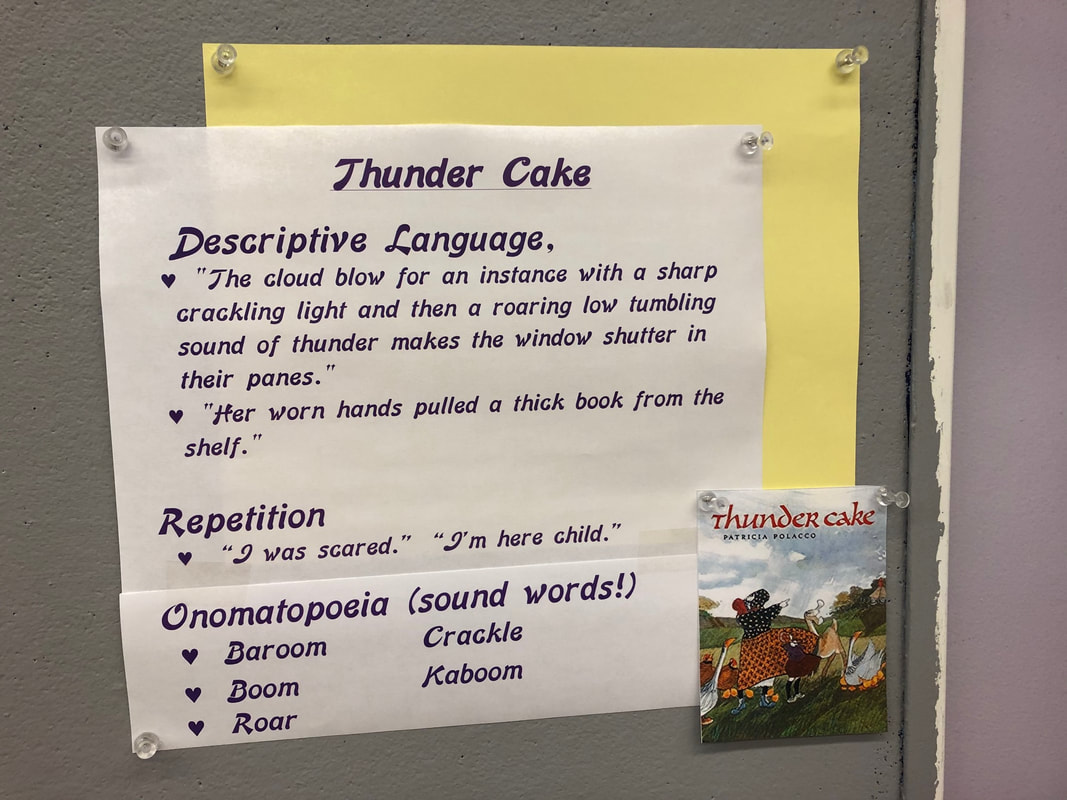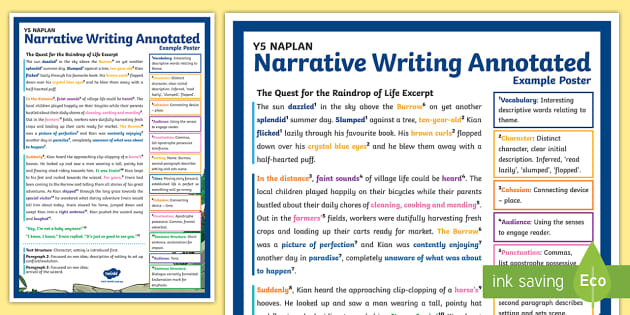

Moreover, the new sequence reflects the author's emphasis on literary fiction, which, she notes "differs from genre fiction fundamentally in the fact that the former is character-driven, the latter plot-driven" (page 413). Burroway's experimentation is, for the most part, based on the feedback she has regularly received from instructors of creative writing. Very well, as the writer "needs to know everything at once" anyway, such experimentation could lead to a better text. In the sixth edition, plot discussion began in chapter 2 (page 30) in the seventh edition, plot discussion is relegated to chapter 7 (page 259). And this book succeeds: it's engaging and it isn't too prescriptive.Ĭomparing the contents of previous editions, I see that Burroway has experimented with different chapter sequences. If a text is too prescriptive, it's not true to the immense variety of possibilities if it's too anecdotal, it may be cheering but is unlikely to be of use." Excellent criteria, emerging from the author's decades of writing and teaching experience. Unlike such subjects as math and history, where a certain mass of information needs to be organized and conveyed, the writing of fiction is more often a process of trial and error-the learning is perpetual and, paradoxically, the writer needs to know everything at once. There is a very good chance that one of your favorite authors learned the craft with Writing Fiction.In the preface to the seventh edition, Burroway notes that "the idea of a text for writing fiction is itself problematic. This book is a master class in creative writing that also calls on us to renew our love of storytelling and celebrate the skill of writing well. And the examples and quotations throughout the book feature a wide and diverse range of today's best and best-known creators of both novels and short stories. It includes new topics and writing prompts, and each chapter now ends with a list of recommended readings that exemplify the craft elements discussed, allowing for further study. Moving from freewriting to final revision, the book addresses "showing not telling," characterization, dialogue, atmosphere, plot, imagery, and point of view. Burroway's tone is personal and nonprescriptive, welcoming learning writers into the community of practiced storytellers. This new edition continues to provide advice that is practical, comprehensive, and flexible. Now in its tenth edition, Writing Fiction is more accessible than ever for writers of all levels-inside or outside the classroom. t has helped hundreds of thousands of students learn the craft.

Janet Burroway's best-selling classic is the most widely used creative writing text in America, and for more than three decades i.

More than 250,000 copies sold! A creative writer's shelf should hold at least three essential books: a dictionary, a style guide, and Writing Fiction. Writing Fiction, Tenth Edition: A Guide to Narrative Craft


 0 kommentar(er)
0 kommentar(er)
